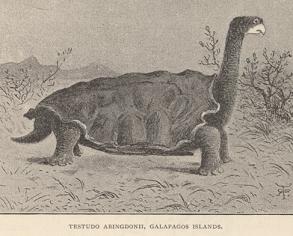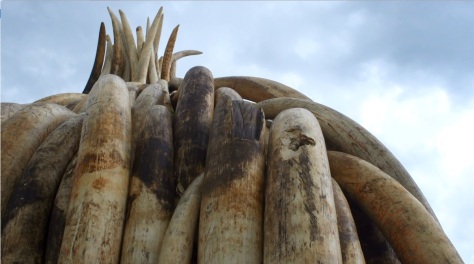
6am. Adrian was still asleep, I was praying that he felt better after his terrible bout of sickness…. to no avail. I felt so bad for him, that he couldn’t share this moment with me as a friend, filmmaker and fellow conservationist. Today was the largest Ivory Burn in history- 105 tonnes of ivory and all of Kenya’s leaders, wildlife activists were ‘joining the herd’ in Nairobi National Park to stand up against the illegal wildlife trade that has caused over thousands of elephant deaths due to the simple sake of man’s greed.
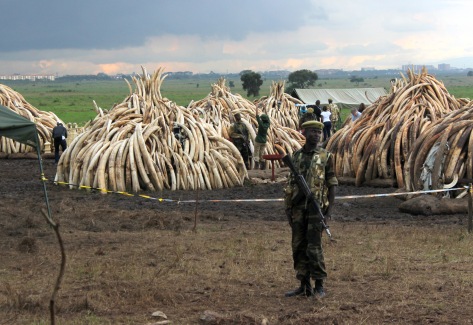
However….
Rain…rain…not so beautiful rain! It HEAVED it down, the ground was quickly assimilated into a large soup bowl of red earth. My already worn out boots seemed to cling to the ground like roots. We had to queue outside the National Park gates and collect our press passes, much to my horror mine wasn’t there, but I was reassured when I had my UK Journalism (NUJ) Press Pass and the brilliant Tim Oloo to help us by pass the armed KWS rangers (the novelty of people with AK-47 guns hadn’t worn out..)
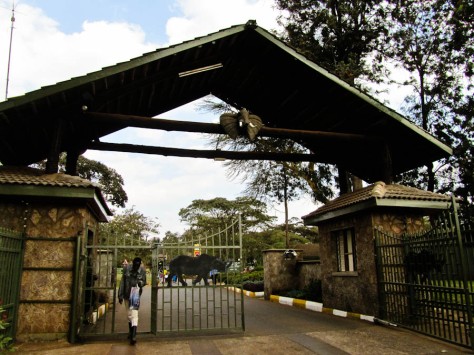
They searched our pockets and bags for any explosives (I certainly didn’t fit the bill), and we were ushered into a packed mini-bus to drive us through the park in safety. Journalists, reporters, filmmakers and conservationists clutched their camera gear and tripods with gusto as we bumped along the muddy path. It felt rather like we were entering Jurassic Park inside one of their vehicles with its dense scattered Acacia bushes and thick highland trees.
We then we piled out of the bus as we arrived at the site we had done before on the 28th, and once again went through security with all our kit. Droplets of rain began falling, just teasing us as we hauled our kit across the already quagmire site.
The press stands were soon filling up and I bagged two spots with my tripod for good measure. Rather than on the journalist podium, I placed it just offside where a direct shot of the flames and president could be had (we’re talking photographic terms here, not actual shooting!) Then it began raining lions and hyenas…and I schlumped my way across to the press tent…which was like a rather nice watering hole– not the like where you could find drinks but the literally the ground meant your calves were submerged. I got the kit to high ground and worked out a plan of action. Wides and close ups on the tripods with the 200-400mm lens, and roving with the 17-200mm kit lens on the shoulder rig. Tim and Will were busy liaising and so all we could do now was wait for instructions and people to arrive. To say I was excited about seeing Leonardo Di Caprio was an understatement…. I wondered if Elton John would be coming too?
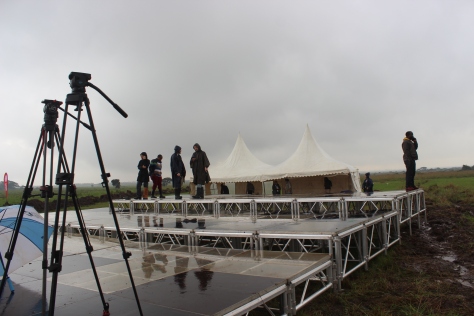
©Tania Esteban

©Tania Esteban
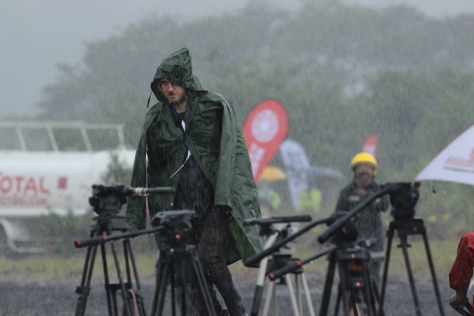
©Tania Esteban
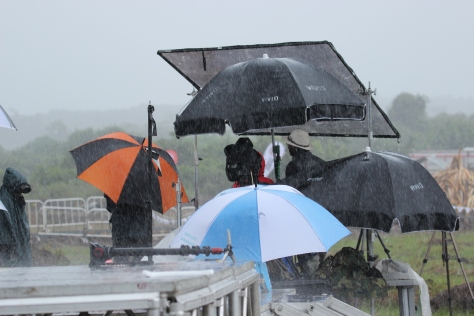
©Tania Esteban
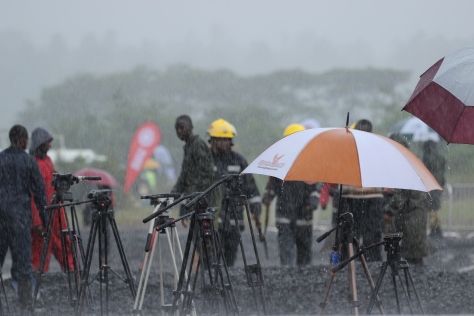
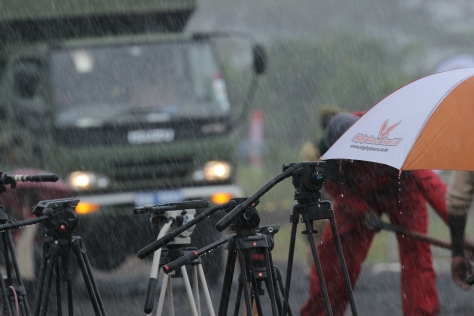
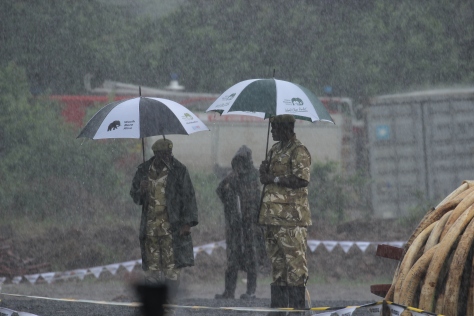
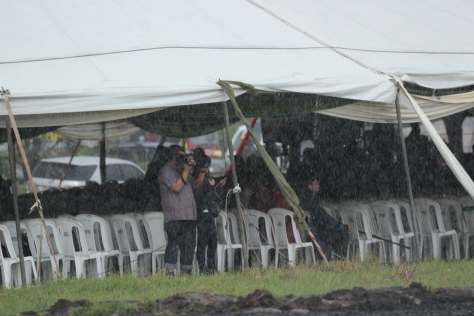
Being among top journalists from around the world made me laugh and smile, I was nothing if not a minute fly in comparison to their expertise… but I felt thrilled to be among them and curious as to what camera equipment they would be using. A lovely guy from the Huffington post asked me about my Richo Theta camera I was using and showed him my model, his was the updated grey version. Everyone wanted to be part of the new trend! Well I only saw two other people with one, so check out my 360 videos for some exclusives!
I thought I’d leave some of the kit back in the little white tent opposite the main presidential one, and follow Will. Again the floor wasn’t any better here. Heels would not be useful for any dignitaries! There I saw Will talking to Charlie-Hamilton James! One of my fave wildlife photographers, I was very excited to introduce myself and ask about his recent trip to film for Disney Nature. He told me he had just come from filming lions in the Mara, and I told him about my own film I was wishing to find in Meru. Then I bumped into Michael Owino, a local Sound Technician who offered to hold an umbrella for me in the rain- thanks Mike! He was such a help, I managed to get a few steady shots of officials as they prepared the ivory and rhino horn for the main event.
SO much was happening at this point (11am), and many journalists were beginning to set up and capture the events. Also bumped into Ian Redmond, Born free ambassador and Ape Alliance chairman who actually put me in contact with Will about the film, I owe pretty much the entire trip to him- thank you! He was busy filming for the BBC’s new exciting series (more revealed soon!) and I happily agreed to shoot an interview with him for it. So whilst milling around in the mud inside the tent, we shot outside when the weather cleared up. Ian was piece perfect and hit the key points, balancing the emotional and logical science on the issue.
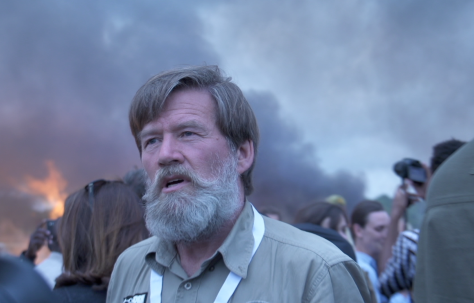
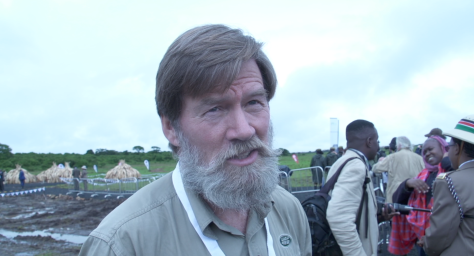
After that I went celebrity spotting! Was quite fun and I did see Kristine Davis who is an ambassador for the Sheldrick Trust (Sex and the City!), the modern lion man himself Kevin Richardson, and I met legendary wildlife photographer Jonathan Scott! Was such an honour to meet him towards the end. Also another of my conservation heroes Iain Douglas-Hamilton! I shook his had with enthusiasm before I realised they were covered in mud…I apologised profusely but hopefully he didn’t seem to mind, I doubt that a bit of mud will perturb this great man, father of one of my heroines Saba Douglas.. what I wouldn’t give to roam around Samburu bear foot and searching for elephants.
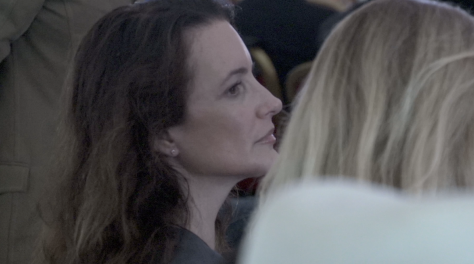
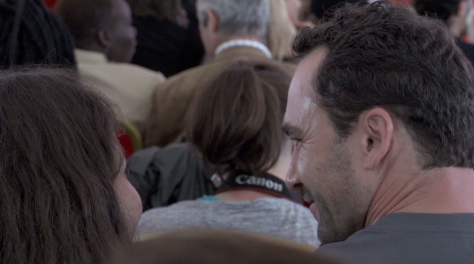
Anywho! I also filmed the legendary Dr Richard Leaky as he walked among the crowd and then approached the main ivory pile. Then it was time to film the events going on inside the tent. I bumped into my new friend Michael as he was setting up his C300 onto the stage. There were dancers and performers as well as upcoming rising eco warrior, actor and musician Luca Berrardi, aged 12 he has accomplished many great things in Kenya, raising awareness about the plight of their wildlife. Check out his twitter profile.
Then after a few more roaming shots I decided to head out and capture the president when he came out to the podium outside. Journalists were clearly thinking a similar strategy…and we all crammed together in mud like penguins looking lost. The ivory gleaned in the afternoon sun, wet from the mornings downpour. Thank goodness I had placed the tripod earlier! Long lens on one camera, the other with the zoom…we were ready for the president and the lighting of the ivory. In the tent the words ‘Worth more alive” echoed in our ears, its staggering to think of the mindless bloodshed because of mans greed. Virginia herself quoted that ivory carvings represent”little symbols of death.” Charlie Hamilton-James and Jonathan Scott also lined up alongside us to capture that perfect shot of the president lighting the ivory pile- the symbol of Kenya’s strength and determination to eliminate the horrific trade as well as all others (including lion body part trade).
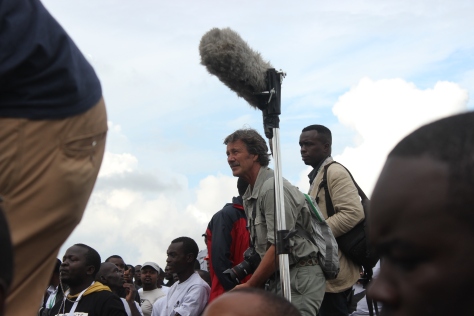
The president made his way along the muddy path and took questions from the press, I filmed away in awe of what I was witnessing. Kenyatta then lit the ivory and to our disappointment there wasn’t much of an all-explosive-light-up of the pile; a rather puffed out cough of smoke. But soon enough the smoke billowed and the flames grew

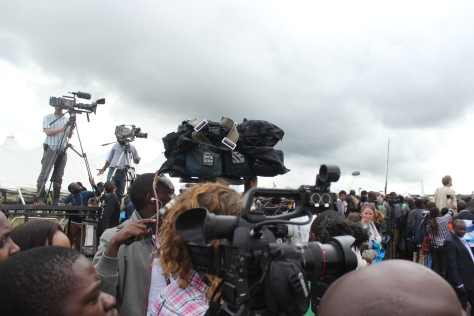

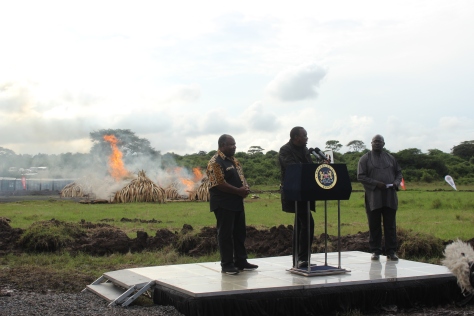
The flames were flickering up towards the heavens as the light fell, and a silence fell upon all of those witnessing this momentous spectacle. 105 tonnes of ivory, 6000 elephants…generations of elephants wiped out because of the simple sake of mans greed. I often reflect upon humanity, and my own existence as a human because of the terrible atrocities many people commit. The smell was overwhelming, a mixture of kerosene but more prevalent still the smell of death…burning carcasses and bone of once living creatures. The sound of the cracking of the ivory was equally powerful, and the burning hiss that resonated across the field. And then the carnage….
We all literally legged it as soon as the tape was removed to get the first shots of the flames up close an personal, the solemn meaning of the event was temporarily forgotten. But first there was a ditch to cross…
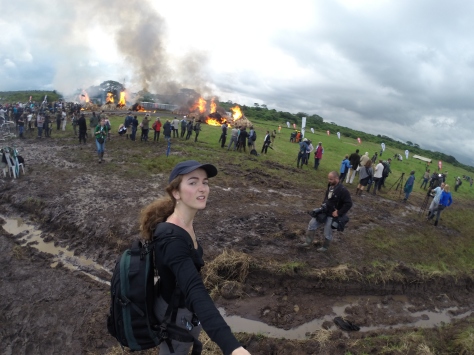

Once over the rangers patrolled the ivory like rottweilers with rifles, their heavy boots sinking into the ground, and posing for eager photographers. You could really feel the heat coming from the 11 stacks, the smell billowing away into the inky darkness…
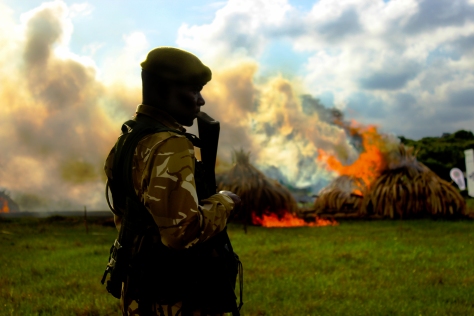
I continued to film and photograph away, staring in awe at my surroundings. A drone engine suddenly pierced the air and we looked up to see an Inspire capturing a unique view of the burn, something we all would want to shoot! Check out the video by Barny Trevelyan-Johnson.
Here’s me in a 360 video filming at the front where the piles are burning, don’t forget to pan around!
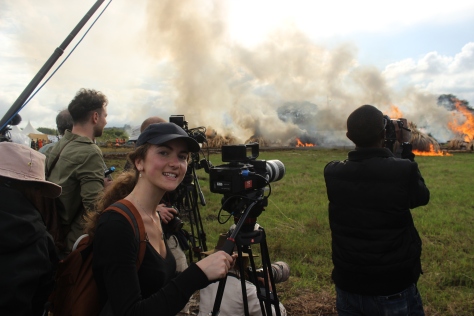
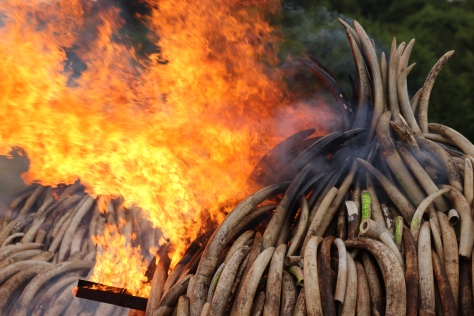
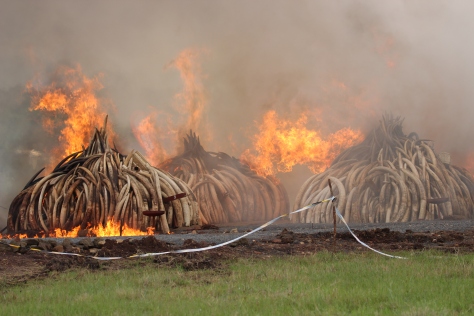
After capturing further shots I was the introduced to another one of my heroes, Jonathan having seen him photograph all day, and Ian Hamilton. What a privilege. Also saw the fabulous News anchor/presenter for NTV Wild, Smiriti Vidyarthi there interviewing Patrick Omondi and the KWS officials.
And so dear readers, the emotional rollercoaster of a day came to an end, and Will, Ian, Tim and myself readied ourselves to leave the sight…one last GoPro video….
But before you go, remember that THIS September over 180 countries will convene in Johannesburg at the CITES meeting to decide the fate of lions and elephants– to upscale the protection afforded for lions and ban the illegal wildlife trade in ivory. Hong Kong’s chief executive C.Y Leung recently stated that they would attempt to phase out all trade in of ivory. Others are yet to act. In fact Zimbabwe and Namibia are planning to ask CITES to approve new legal sales of ivory – a dreadful idea.
SO..
Keep the FIRE BURNING…share on Social media, tweet, Facebook, Pininterest, about how YOU CARE about the fate of not only elephants, but ALL wildlife. In the next 30 years they could be gone forever. The greatest threat however is habitat destruction and this is something I will be addressing in the next few blog post. In the meantime, have a look at this clip by Wild Aid at the end of this article and start talking to your world leaders and politicians to act!
Also some of my ivory burn footage can be seen here in a preview of A lion’s Tale! See what you think (at 1:43 min in):
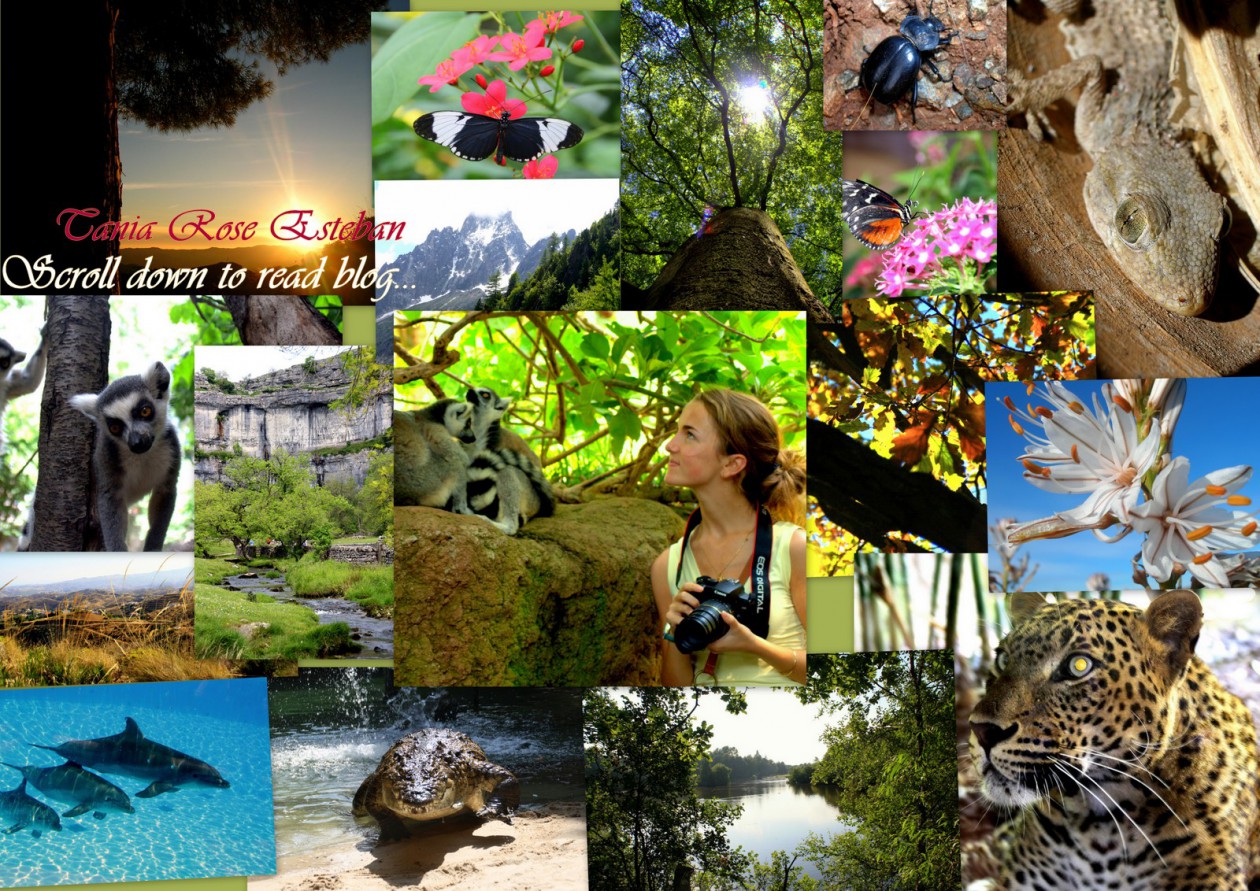









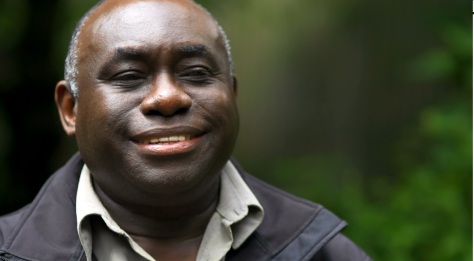
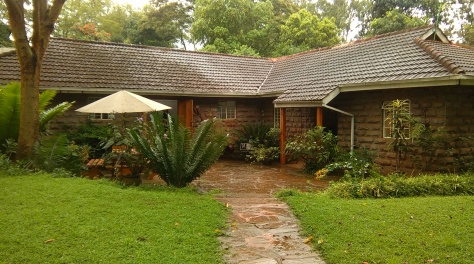

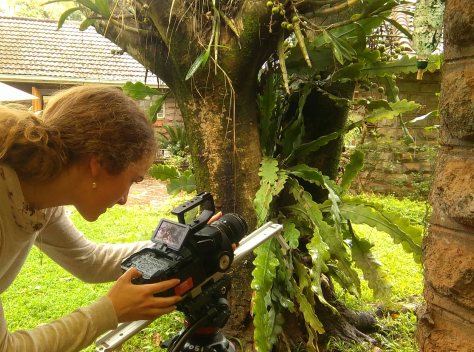
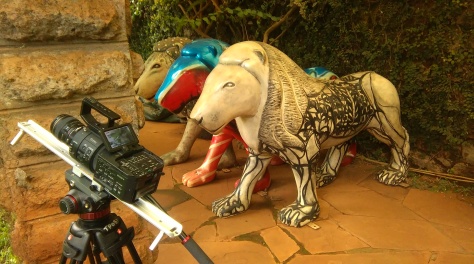
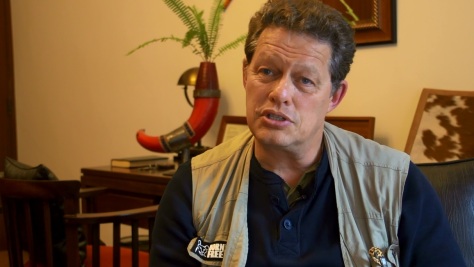




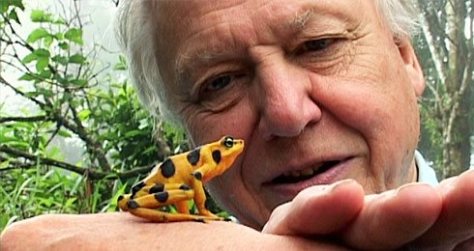
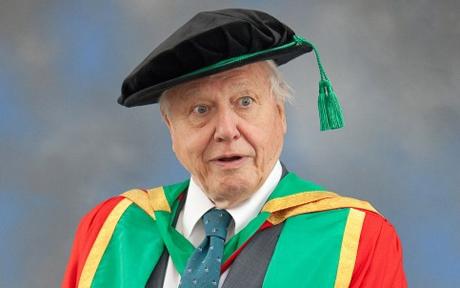
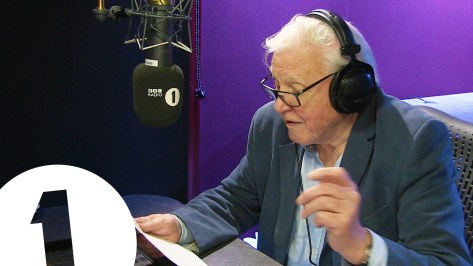

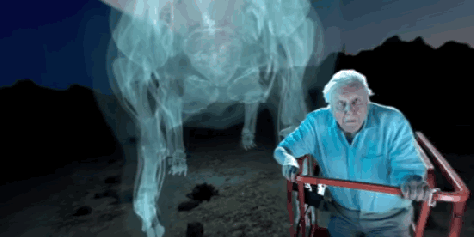
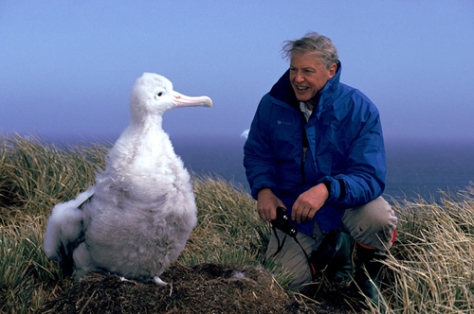

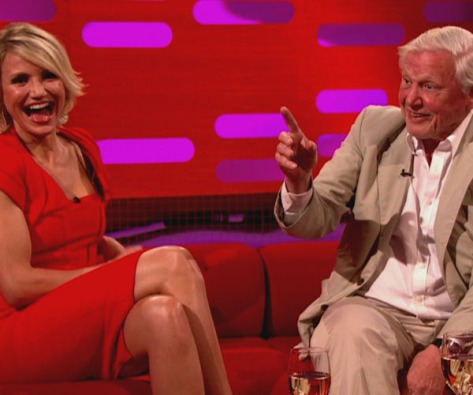
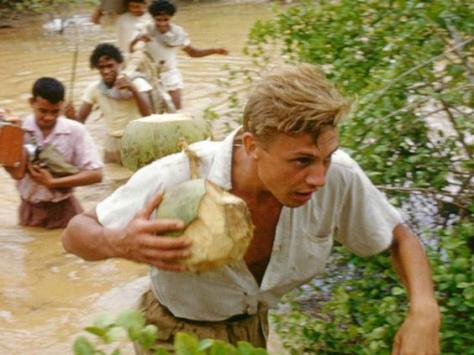



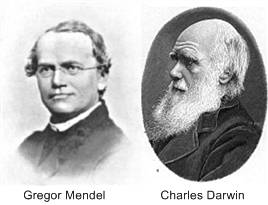



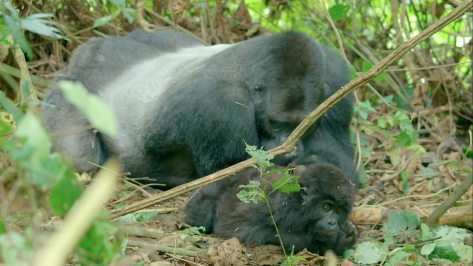
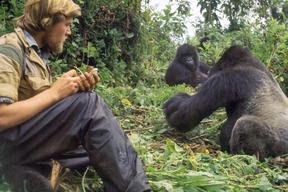
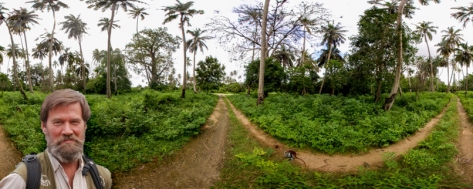




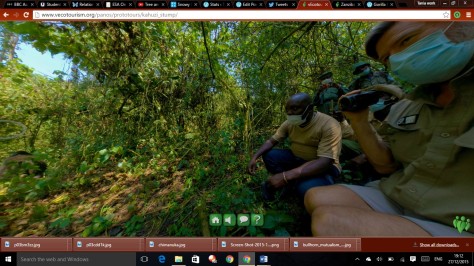






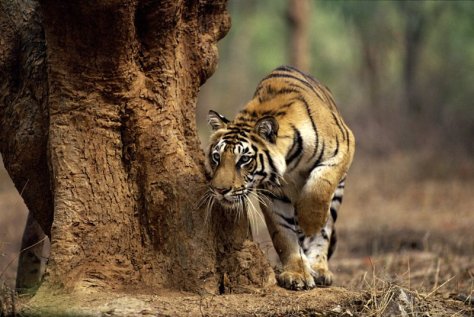


























































 The team are insistent that it’s not necessary to be a pro but the willingness to train and have a go! I think I may be going to simply take the photographs, document the expedition and have a nice hike and climb until I feel ready to undertake the caving trip- so if you fancy a nice sight-seeing holiday, come along! It’s not just all about that hard-core exploring, there’s plenty of other activities to do and get involved with, including prospecting in the mountains looking for new caves, continuing the exploration of previously discovered caves, assisting with the re-rigging as all the ropes and much of the metal work needs to be replaced.
The team are insistent that it’s not necessary to be a pro but the willingness to train and have a go! I think I may be going to simply take the photographs, document the expedition and have a nice hike and climb until I feel ready to undertake the caving trip- so if you fancy a nice sight-seeing holiday, come along! It’s not just all about that hard-core exploring, there’s plenty of other activities to do and get involved with, including prospecting in the mountains looking for new caves, continuing the exploration of previously discovered caves, assisting with the re-rigging as all the ropes and much of the metal work needs to be replaced.




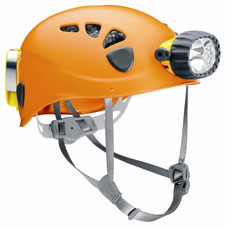
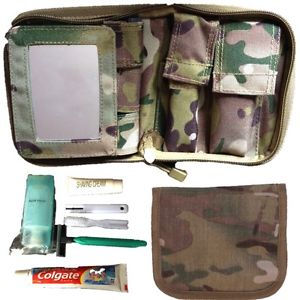

![polatrec-ski-salopettes-4281-p[ekm]160x160[ekm]](https://taniaroseesteban.wordpress.com/wp-content/uploads/2015/04/polatrec-ski-salopettes-4281-pekm160x160ekm.jpg?w=474)












